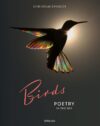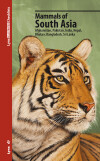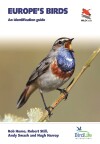New Book: Treasured Lands: A Photographic Odyssey Through America’s National Parks
September 30, 2016 | Comments (0)
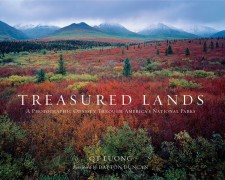 Treasured Lands: A Photographic Odyssey Through America’s National Parks
Treasured Lands: A Photographic Odyssey Through America’s National Parks
by Q.T. Luong
From Q.T. Luong and Cameron + Company:
The most complete visual tour of all 59 US National Parks in a coffee-table book, with location notes for each photograph.
It is said that a photograph helped launch the national parks. After Congress viewed photos of Yosemite, President Lincoln was moved to sign a bill that paved the way for the U.S. National Park Service, which was founded in 1916 and is now celebrating its centennial. In Treasured Lands: A Photographic Odyssey Through America’s National Parks, photographer QT Luong pays tribute to the millions of acres of protected wilderness in our country’s 59 national parks.
Luong, who is featured in Ken Burns’s and Dayton Duncan’s documentary The National Parks: America’s Best Idea, is the most prolific and versatile photographer working in the national parks and the only one to have made large-format photographs in each of them. In an odyssey that spanned more than 20 years and 300 visits, Luong focused his lenses on iconic landscapes and rarely seen remote views, presenting his journey in this sumptuous array of more than 500 breathtaking images.
Accompanying the collection of scenic masterpieces is a guide that includes maps of each park, as well as extended captions that detail where and how the photographs were made. Designed to inspire visitors to connect with the parks and invite photographers to re-create these landscapes, the guide also provides anecdotal observations that give context to the pictures and convey the sheer scope of Luong’s extraordinary odyssey.
Including an introduction by award-winning author and documentary filmmaker Dayton Duncan, Treasured Lands is a rich visual tour of the U.S. National Parks and an invaluable guide from a photographer who hiked–or paddled, dived, skied, snowshoed, and climbed–each park, shooting in all kinds of terrain, in all seasons, and at all times of day. QT Luong’s timeless gallery of the nation’s most revered landscapes beckons to nature lovers, armchair travelers, and photography enthusiasts alike, keeping America’s natural wonders within reach.
I recently posted my favorite National Parks books, in honor of their centennial this year. This new book easily makes it on that list. I’ve seen many large-format photography books of the parks, but none match this one. The photographs are second to none, and the extra information included – maps, tips, the precise location where each photo was taken – greatly add to it.
Treasured Lands: A Photographic Odyssey Through America’s National Parks
by Q.T. Luong
Hardcover; 456 pages
Cameron + Company; October 1, 2016
ISBN: 9781944903008
$65.00

 Cat Wars: The Devastating Consequences of a Cuddly Killer
Cat Wars: The Devastating Consequences of a Cuddly Killer
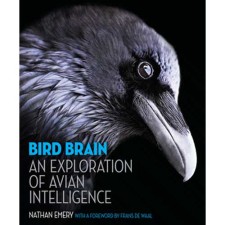 Bird Brain: An Exploration of Avian Intelligence
Bird Brain: An Exploration of Avian Intelligence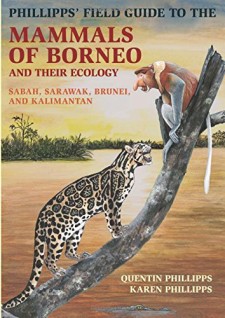 Phillipps’ Field Guide to the Mammals of Borneo and Their Ecology: Sabah, Sarawak, Brunei, and Kalimantan
Phillipps’ Field Guide to the Mammals of Borneo and Their Ecology: Sabah, Sarawak, Brunei, and Kalimantan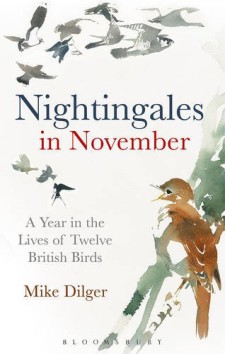 Nightingales in November: A Year in the Lives of Twelve British Birds
Nightingales in November: A Year in the Lives of Twelve British Birds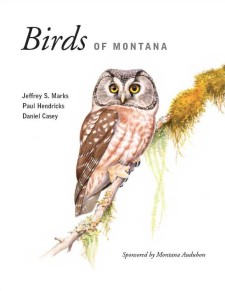 Birds of Montana
Birds of Montana In Praise of Poison Ivy: The Secret Virtues, Astonishing History and Dangerous Lore of the World’s Most Hated Plant
In Praise of Poison Ivy: The Secret Virtues, Astonishing History and Dangerous Lore of the World’s Most Hated Plant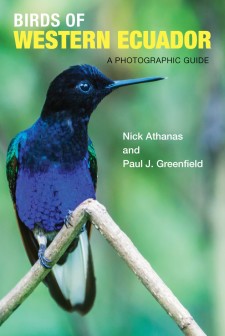 Birds of Western Ecuador: A Photographic Guide
Birds of Western Ecuador: A Photographic Guide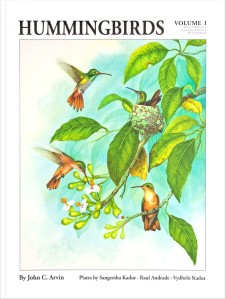 Hummingbirds: Volume 1 (North America, Central America & Caribbean)
Hummingbirds: Volume 1 (North America, Central America & Caribbean)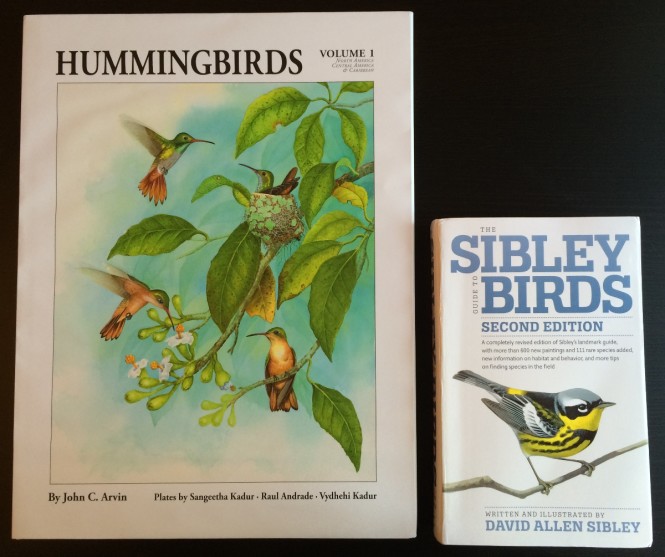
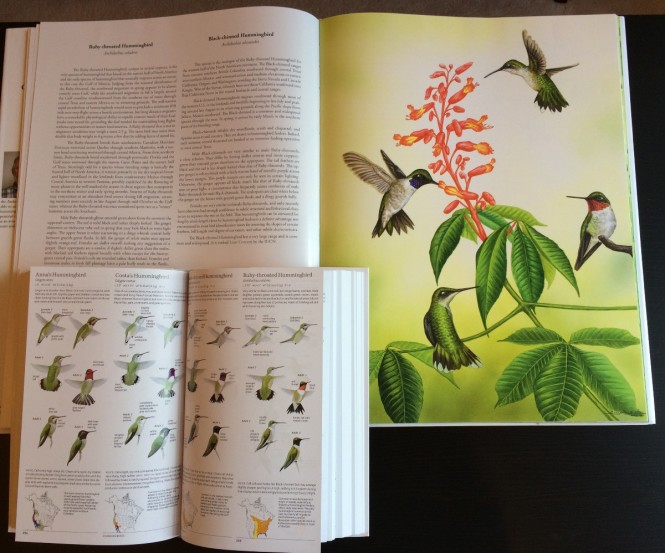
 Soar
Soar



